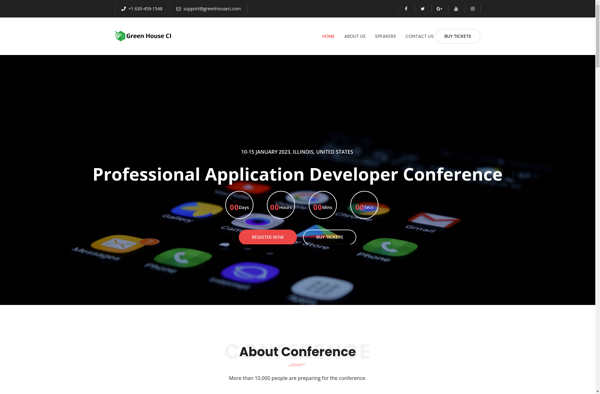Description: GreenhouseCI is a continuous integration and delivery platform designed for software engineering teams. It automates building, testing and deploying applications to help deliver higher quality code faster.
Type: Open Source Test Automation Framework
Founded: 2011
Primary Use: Mobile app testing automation
Supported Platforms: iOS, Android, Windows
Description: Percy is a visual testing and review platform that integrates with GitHub and other development tools to let teams automate visual reviews and catch UI issues before releasing code to production.
Type: Cloud-based Test Automation Platform
Founded: 2015
Primary Use: Web, mobile, and API testing
Supported Platforms: Web, iOS, Android, API

